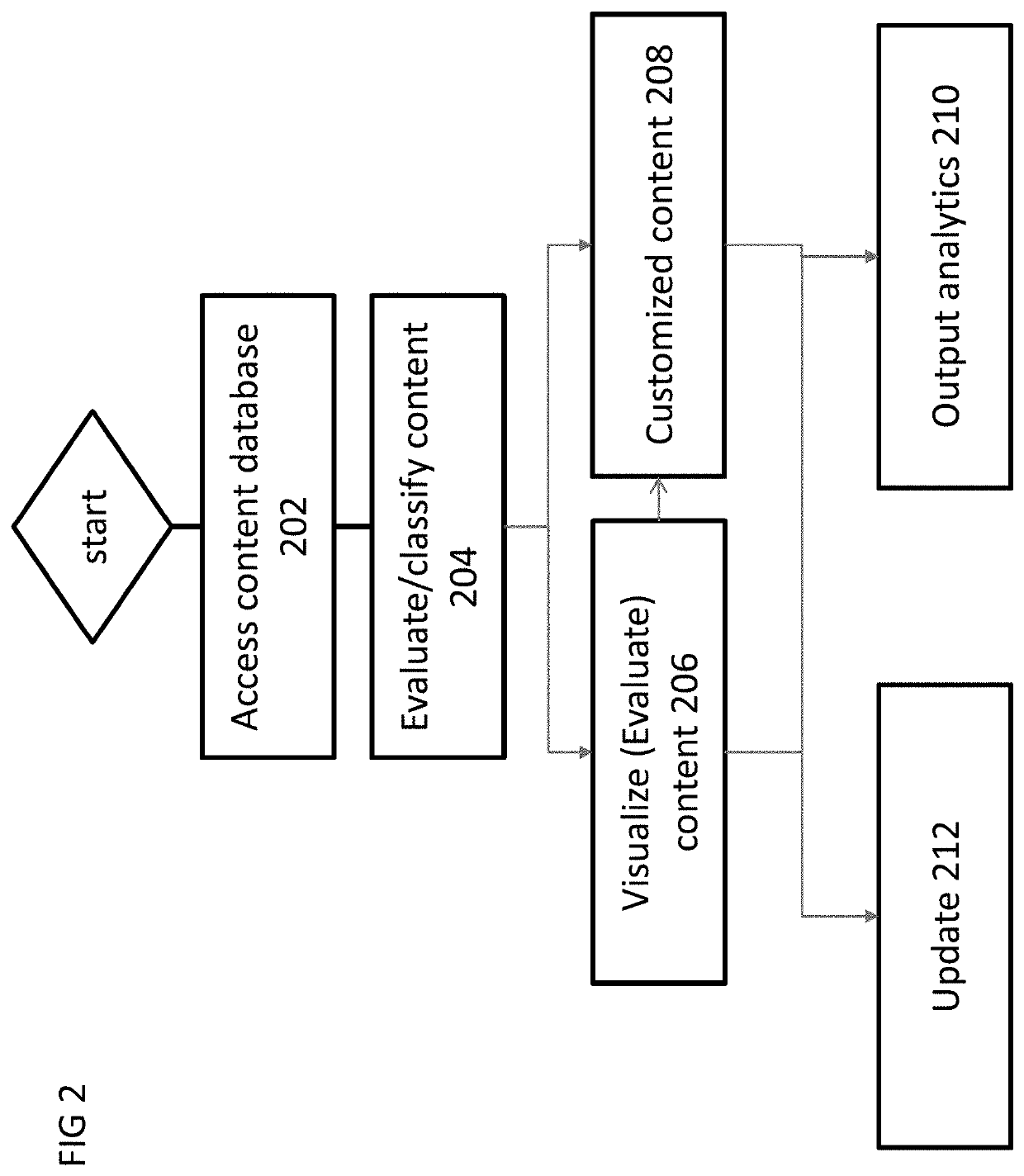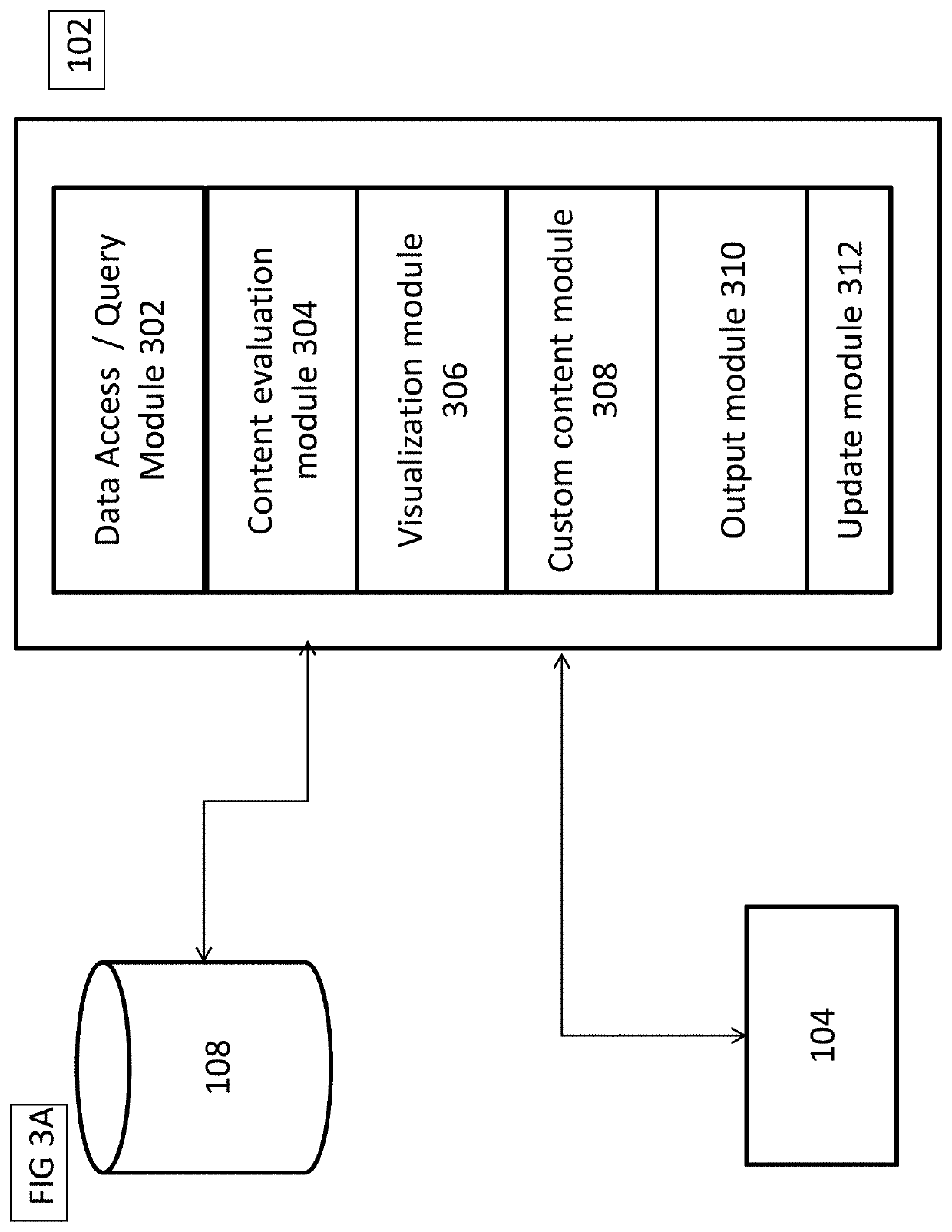Systems and method for optimizing educational outcomes using artificial intelligence
a technology of artificial intelligence and educational outcomes, applied in the field of systems and methods for optimizing educational outcomes using artificial intelligence, can solve the problems of increasing complexity of healthcare best practices, increasing the capacity of medical students and other trainees to absorb and retain all relevant information, and medical professionals struggling to keep pace, so as to achieve the confidence level of predicting individual student outcomes
- Summary
- Abstract
- Description
- Claims
- Application Information
AI Technical Summary
Benefits of technology
Problems solved by technology
Method used
Image
Examples
example 1
[0188]In one particular implementation, the student evaluation and assessment tool as described herein utilizes a predictive or analytical model. Such a predictive or analytical model is, in one arrangement, created using a data set obtained from curriculum evaluation & assessment activities and continuous quality improvement (CQI) processes. For example, the Liaison Committee for Medical Education (LCME) standards require medical school tracking of individual medical student performance for advancement and advising purposes, and of overall MD program outcomes for CQI and LCME accreditation purposes. Data from these collections are then used as training data for a predictive model that can be used to implement the evaluation platform provided herein. However, those having an ordinary level of skill in the requisite art will appreciate that data sources relating to student evaluation introduce various complexities. For example, schools and accreditation institutions produce datasets ...
example 2
[0224]A further and particular implementation of the approaches described herein are provided as Example 2. As provided in more details with respect to FIGS. 20-31, in one implementation, a software application is configured to deliver enhanced information to learners (i.e. students) and administrators (assuming that proper security and permission protocols are implemented) using a real-time dynamic database coupled to advanced (AI) analytics. In a particular implementation, such capabilities are presented in connection with a mobile device (2402). For instance, in a particular implementation of the system, method and approaches for providing new or customized educational content in response to the application of one or more metrics correlated with improved learner outcomes predicted based on the machine learning or expert systems described herein.
[0225]In the particular implementation provided in FIGS. 20-31, a user interaction work flow is provided. For instance, Example 2 provide...
PUM
 Login to View More
Login to View More Abstract
Description
Claims
Application Information
 Login to View More
Login to View More - R&D
- Intellectual Property
- Life Sciences
- Materials
- Tech Scout
- Unparalleled Data Quality
- Higher Quality Content
- 60% Fewer Hallucinations
Browse by: Latest US Patents, China's latest patents, Technical Efficacy Thesaurus, Application Domain, Technology Topic, Popular Technical Reports.
© 2025 PatSnap. All rights reserved.Legal|Privacy policy|Modern Slavery Act Transparency Statement|Sitemap|About US| Contact US: help@patsnap.com



